RIZWANA
ALI
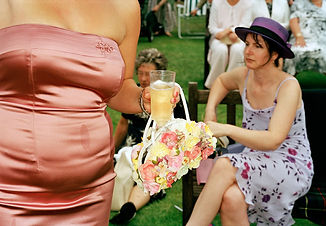
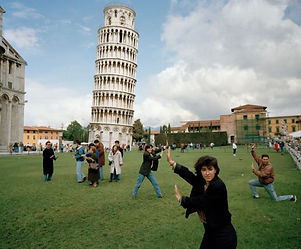
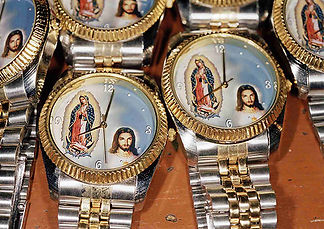
MARTIN PARR

Martin Parr became interested in photography due to his grandfather who was an amateur photographer and lent him a camera when he was a teenager so that they could go out together and explore. Martin Parr was not a very academic person and did not feel the need to educate himself for history and other subjects but he did get an art a-level. He did not want to continue his education, as he wanted to go more into photography and felt that was what he wanted to pursue as his career. Martin used a macro lens with a ring flash in order to get rid of sunlight and only capture the main subject.
Martin Parr was seen as a very quirky and eccentric person who was able to approach people in his surroundings without agitating them; his way of photographing people was by creeping up behind them or getting extremely close and once they got his attention he would have a conversation with them and build a relationship. Martin Parr’s main objective was to teach us to look at the world around us. As a photographer he really enjoyed photographing in the British season, he liked to show juxtaposition in his photographs and he would photograph people around him in their usual lives or get them to model with their approval.
PEOPLE, PLACES & THINGS - FIRST SHOOT










FAVOURITE IMAGE:

Out of my 10 chosen images the above is my favourite. One reason why this is my best image is because everything in the photograph is leading to one direction and ends at one point. When first looking at this image the main focus are the white bricks which all leads to one direction and looks smaller the further it goes, we can also see that there is depth of field shown as the third brick is more in focus than the first two and the ones after the focused element. Another reason why it is the most successful photography is because places, people and things or objects are all shown in this image as the houses can be shown as places, the cars and bins shown as things and the person walking towards the end of the pavement as people.
REFLECTION ON FIRST SHOOT
During my first shoot I had lots of issues which I faced but also found lots of success in what I was doing. When heading out to take the photographs I had one main intention which was to focus more on leading lines and composition which was a problem as it made my work very repetitive and the objective was to include people, places and things and essentially I only fixated on places. A key factor which I faced when going out to take pictures was that I had lots of anxiety and a large lack of confidence which interfered with photographic skills, fortunately I learnt to face that fear and managed to take lots of pictures without focusing on how people would feel about me doing so. I felt as if I had a lot of success when taking the photographs as I went out of my way to capture what I needed. For example, one step I made was to climb up a huge rock to get a better shot of the sky from above rather than all my pictures being taken on the road at one level only. Another successful doing was that I managed to improve on how to take a good picture with the right composition and got a better understanding of it.
PEOPLE, PLACES & THINGS - SECOND SHOOT
Shooting Plan:
For my second shoot I have chosen to go to Covent Garden and I will be exploring a specific area which is Neal’s Yard, this is a small alley in Covent Garden, London. It is between Shorts Gardens and Monmouth Street which opens into a courtyard. I will be going there on a Sunday at around 8am to 11am. In order to get there I will travel by bus and subway which should take about an hour or so to get to. The lens I will be using is an 18mm to 55mm which is a zoom lens.
The history behind Neal’s Yard is that it is named after the 17th century developer, Thomas Neale, who received a piece of land in 1960 from William III but it was Nicholas Saunders who put Neal’s Yard on the map. Until the mid-1970s, Neal’s Yard did not appear on the London A to Z and through Nicholas Saunders’ entrepreneurial skills it turned into the thriving, exciting alternative place for which it is known today, whereas it was originally just the fruit and veg market and a few warehouses which had defined Covent garden.

When going out to take photographs I will be focusing on the colourful buildings in Covent Garden and specific parts and objects which define the small area. I will also be trying to capture regular customers who go to the shops in the area, items sold in shops and the staff members in some shops such as Neal’s Yard Remedies and I intend to show the variety of foods that people eat as it may be different from the food in my local area. I will also be focusing on the composition and capturing any interesting leading lines on the streets. In order to make my photographs unique from the ones which show up on google images I will change the way I capture the scenery by changing the angle and the levels or heights in which I take the image and will make sure that I don’t take photographs of the same elements that any ordinary person would capture and must expand my perspectives as a photographer.

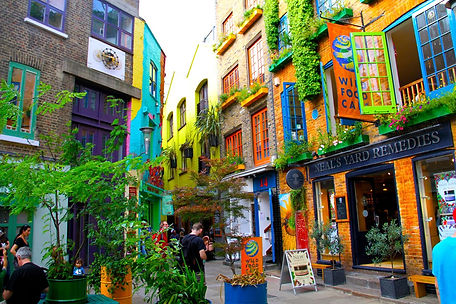

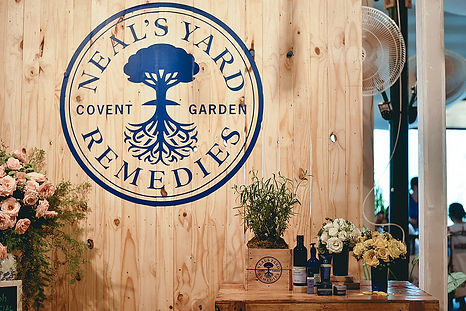

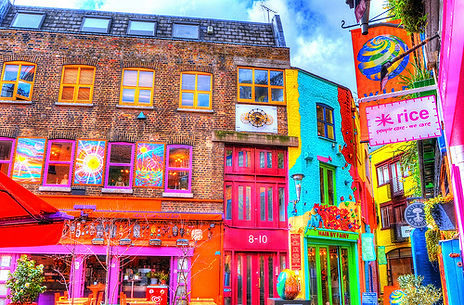
Photoshoot Evaluation:


Originally, this photograph was of multiple magnetic words on a red board but my intention was to only capture a sentence that was already made by someone else so i took a close-up of this particular sentence. On the board there were many other sentences but I chose to capture and use this as I felt it represented Covent Garden and the bright colours of the buildings near Neal’s Yard.
With this image I decided to show these postcards which are British based cards. I have taken the photograph this way as it shows leading lines. However, the cards on the left hand side slightly ruin the image as it is messier than the other stacks of cards.

When first entering Neal’s Yard this is what I could see through a little pathway so I decided to capture this as I felt it showed leading lines. I also got my cousin to stand towards the end of the pathway closer to the bright buildings in order to show rule of thirds in my photograph and made sure it didn’t look staged.



This photograph was taken in a small shop named "ARTBOX" filled with a variety of items from Japan and Korea. My intention for this photograph was to show Japanese and Korean stationery and to also show the leading lines towards the shirts and light.

This shot was one of my favourites as I admired the vibrant range of colours shown in this one image. I also liked the fact that every element was stacked neatly and was able to show leading lines.
My intention for this image was to show the buildings in Neal’s Yard at a different perspective from how it is usually shown on a site like google images.



During this shot my intention was to show the man working normally while I take photographs of him in order to show the shot to be as natural as possible. I made sure to include the entire work area in order to capture the full environment.

My objective here was to get a shot of this man in a rickshaw with a shallow depth of field making him the focal point. However, while attempting to get a shallow depth of field I didn’t manage to capture the wheels which made the photograph look incomplete.
PEOPLE, PLACES & THINGS - THIRD SHOOT
Target settings:
-
Get beyond the fear of shooting people. Candid or posed
-
Always ask myself what the intention is
Shooting Plan:

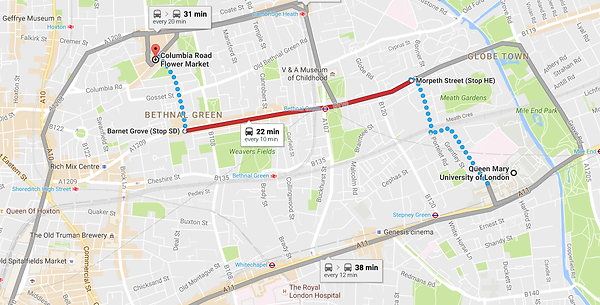
For my third photoshoot, the purpose was to go to a market so I decided to go to the Columbia Road Flower Market. I went from 9am onwards on a Sunday because that is the only day the market is open and the opening hours are from 8am – 2pm. The reason why I went quite early is because I knew there would be lots of people in the market by the time I had reached there, as markets are around for people and are usually packed with them I wanted to show this in my photographs. I travelled to the flower market by bus and first made my way to Queen Mary University of London by the 25 bus then took an 8 to Columbia Road Flower Market. For this shoot I used a Nikon D3300 with an 18mm to 55mm lens.
My intention for this photoshoot was to capture the variety of flowers being sold in all the stores and to be able to show and experience being the customer and the seller by being in front and behind the stalls. My aim was to also be able to show good composition and to be able to zoom into only one aspect and show clearly what the element of focus in a picture is.

During this photoshoot there were many unique flowers as well as ones that are around in our everyday lives and this is what i managed to capture in each image.
The image on the right hand side is one of my favourites as there is leading lines being shown as well as good composition.


The image below is one of my favourite images as it has lots of different shades of the colour red and shows contrast in the photograph. I also like the fact that all the details on the leaves are showing and that all the little raindrops are shown on each rose. With this photograph I made sure to zoom into the roses and no other types of flowers to show the main subject to be the bunch of roses only and it shows that I had a clear intention for the image.






In this image I captured the people that are working behind the stalls, I also captured the customers who are looking around at the flowers in each stall. By doing this it shows the environment in a candid way and shows the natural surroundings in a market.

STREET PHOTOGRAPHER RESEARCH
Martin Roemers:

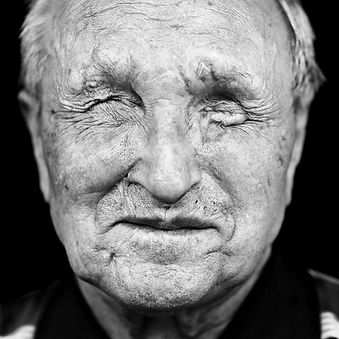
Martin Roemers uses a medium format analog camera to document the rise of the world's megacities as he was fascinated by the energy and mix of cultures. This inspired him to travel 22 megacities across five continents in order to create his series, Metropolis, observing the city as a spectacle. Within Martin Roemers photographs we can see these urban worlds as he sets a long exposure time in order to show the traffic and people to merge into a blurred rush of energy.
Martin Roemers is a Dutch photographer and artist who is mainly known for his long term projects about urbanisation and long-term effects of warfare. He was born on the 21st of August 1962 and is currently 54 years old. He graduated in 1991 and has achieved a lot since then. As a photographer he received many awards, produced a few books with his pieces and also has his photographs all over exhibitions.
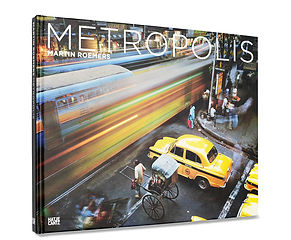
Martin Roemers uses long exposures to show people and trains in motion in different parts of the world. He is famous for his Metropolis and The Eyes of War series, in addition to his 2009 book Relics of the Cold War.
Martin Roemers photographed and interviewed some of those who lost their sight as a result of the war. He used these black-and-white portraits for his projects on the long-term effects of warfare. This resulted in books and exhibitions such as Kabul (2003), The Never-Ending War (2005) and The Eyes of War (2012). By opting for a simple and individual portrait, he and his lens effectively entered the mind’s eye of a soldier or war victim.



PEOPLE, PLACES & THINGS - FOURTH SHOOT
For this photoshoot my aim was to photograph people. I decided to go to Maltby Street Market which is a food market open on Saturday and Sundays. The purpose of the shoot was to get candid and posed photographs of people. I used a kit lens for this because when taking candid photographs I was able to zoom into people without having to get too close to them.
The reason for going to a market was because I wanted to capture the interaction between people when purchasing food or when interacting with family and friends while having a meal.


With these images I took it from a distance when I saw the interaction between the worker and customers and zoomed into key parts which I wanted to show in my pictures.
When taking candid photos I found it easier to take from a distance when people were communicating as they were distracted and couldn’t see me taking photographs.
Personally, I found it easy taking candid photographs because I didn’t have to go and ask people if I could take pictures of them and risk getting rejected from having the chance to photograph. As the market wasn’t as busy as I expected I found it harder to ask people for their permission to get their photographs taken because I felt like everyone was more aware with a camera around and I felt like there wasn’t a lot of distraction.



When taking candid photographs I felt that the pictures came out much better when I was closer to the people I wanted to capture as it made sure that I had a specific part that I wanted to focus on without including so much in the surroundings.
Unfortunately, due to my lack of confidence I was unable to ask anyone if I could take photographs which I will need to improve on for the next photoshoot in order to be able to take posed photographs and advance as a photographer. I managed to practise on what to say and how to approach someone but didn’t manage to actually do what I practised.
These are some of my favourite photographs because my intention when taking these shots were to capture the people who run the markets working which is exactly what I managed to capture. I also felt that I was focused on having good composition and while taking these images I was able to apply the rule of thirds and still manage to capture what I wanted.

PEOPLE, PLACES & THINGS - FINAL SHOOT
For my final photoshoot I photographed my local area which is Beckton. When photographing people I went over to Gallions Reach Shopping Park as that is the closest shopping centre near me and I felt it would be a better place to go to rather than walking around on the roads of my area because I wouldn’t find as much people around and gives me less of a chance of photographing people. When focusing on places and things I decided to go more towards the Porsche Centre and Cyprus.

Beckton is an urban neighbourhood in east London, England and part of the London Borough of Newham. Beckton is named after Simon Adams Beck, the governor of the Gas Light and Coke Company when work building Beckton Gas Works began in November 1868.
Beckton is mainly known for its gasworks. The gasworks was a major London gasworks built to manufacture coal gas and other products including coke from coal. It has been variously described as 'the largest sewage plant in the world' and it operated from 1870 to 1969. Housing was created in Beckton for workers of the gas and sewage works. Between 1981 and 1995 it was within the London Docklands Development Corporation area which caused the population to increase as new homes were built and the Docklands Light Railway was constructed.
I first went over to Gallions Reach Shopping Park and had the intention of photographing people. I also found an empty space full of grass, mud and objects left around which I also took pictures of as I felt it represented Beckton in a way. I feel this way because n my views I see Beckton as more of a deserted place.





When wondering around in Gallions reach I managed to get candid photographs as well as managing to get the permission of a few people. What I acknowledged was that wherever I looked there seemed to be people smoking cigarettes and vaping a lot.


Unfortunately getting people to agree with having their photographs taken was quite hard as most people would just say no. I felt as if people felt uncomfortable and didn’t believe the fact that it was for a project so I put my lanyard on just for further proof and provided them with the option of me sending and showing the photo once I had taken it but even then I was unsuccessful in getting any posed photographs. When first going around and asking people I decided to go to people who I found asking for money for a charity, I decided to build my confidence in asking them first as they were singing Christmas songs, dancing and asking people for change for the cause so I felt that they wouldn’t decline when I asked them. Unfortunately I was wrong and they said no which put my confidence down when asking random people busy shopping. I still carried on and asked people and no one had said yes so I gave up for the day and decided to go back on another day. During my second try I asked a family if I could take a photograph of them and one of the women had said yes but sadly due to the other woman with her saying no she had changed her choice. Luckily for me I managed to get a few photographs of people on my second try even though many had said no.

Once I was done with getting all the shots I needed from Gallions Reach Shopping Park I went over to the East London Porsche Centre.
My intention here was to try and capture the Porsche Centre showroom with a car that drives by which isn’t the best car around and not clean so that it can show that it is odd that there is a Porsche Centre in an area where people aren’t very wealthy.


One reason why I like this image is because it shows the contrast in colours with the vehicle and the background.




I then walked towards Cyprus and took a photograph of a supermarket. The reason for this is because years ago it used to be a pub and since then it has changed multiple times from a corner shop to a shisha lounge and now being a supermarket. It was closed down for many years and has finally opened up from a few months ago.
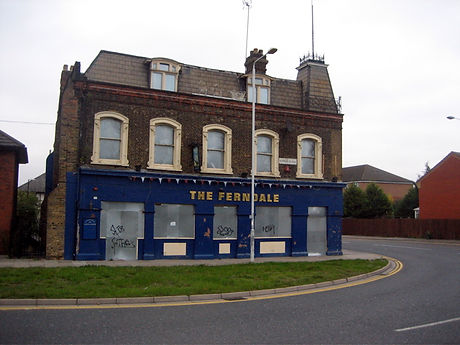

From these images we can see that within all those years the place actually looks exactly the same except that the colour and name has changed.


The Ferndale was situated at 40 Cyprus Place. This pub was in the Beckton part of E6 and closed in 2006. In August 2010 it was still closed and boarded up with scaffolding around it.


I then went back to areas near my house and took photographs of the roads, objects and people close by.





DOCUMENTARY STYLE PHOTOGRAPHER RESEARCH

Tim Hetherington was a British photojournalist. He was born on the 5th of December 1970 and passed away on 20th April 2011 at the age of 40. He produced books, films and many more. Hetherington's first job was as a trainee at The Big Issue, in London as a sole staff photographer, photographing homeless shelters, boxing gyms, celebrities, etc. He was not fond of his celebrity assignments, wanting to focus on what he believed to be more serious stories. He spent much of the next decade in West Africa, documenting political upheaval and its effects on daily life in Liberia, Sierra Leone, Nigeria, and other countries.

One community that Tim Hetherington focused on was at the Milton Margai School at Sierra Leone. This was a blind school which Tim was immediately engaged with the lives of the children blinded in conflict and he maintained his involvement with the Milton Margai School for the Blind until the time of his death in 2011.


Another place Tim documented was Banda Aceh in Indonesia where a tsunami had taken place in 2004.


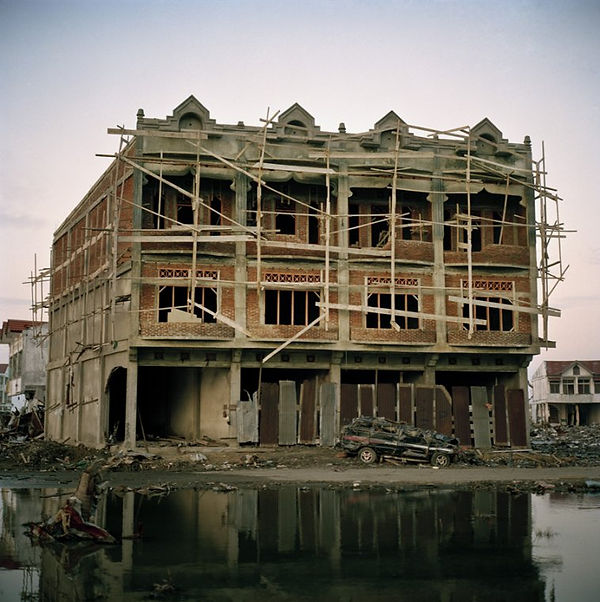



These photographs are from Tim’s visit to Sumatra in the immediate aftermath of the 2004 Tsunami. He returned to Sri Lanka 8 months later to make an interactive exhibition about rebuilding.
